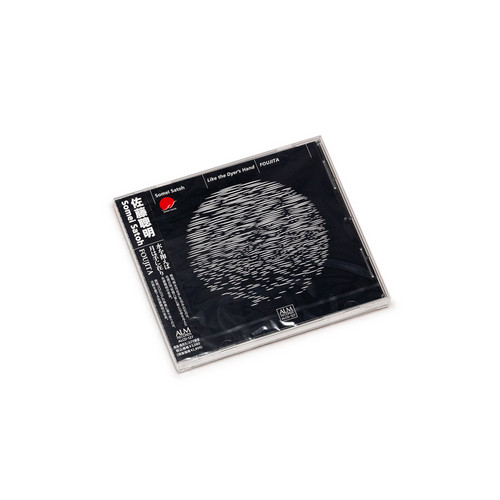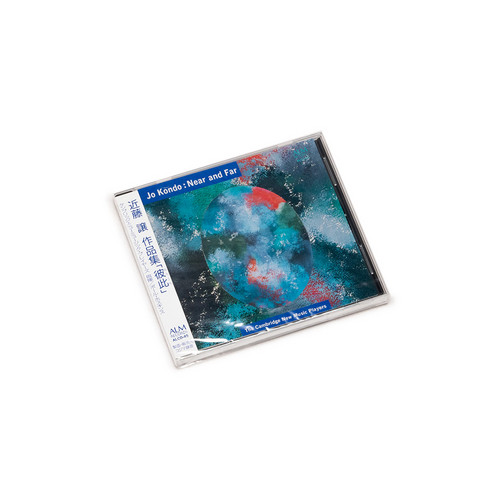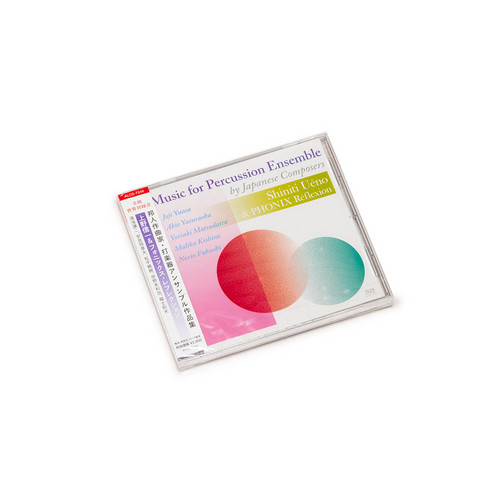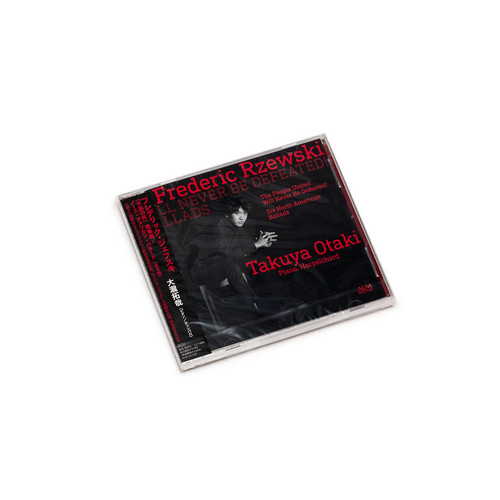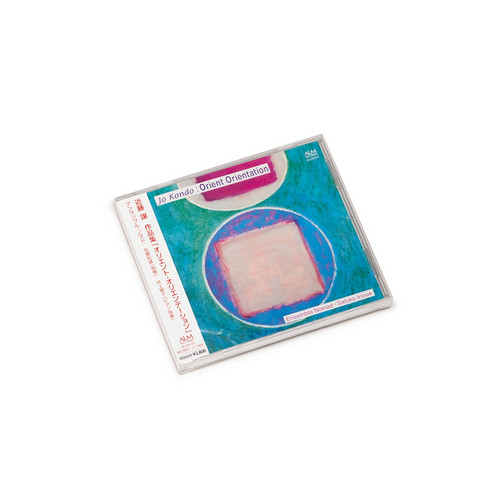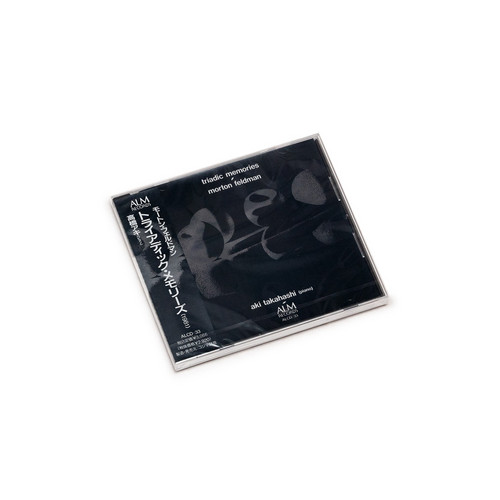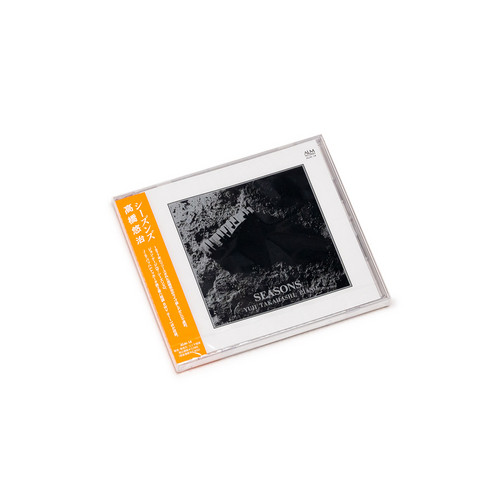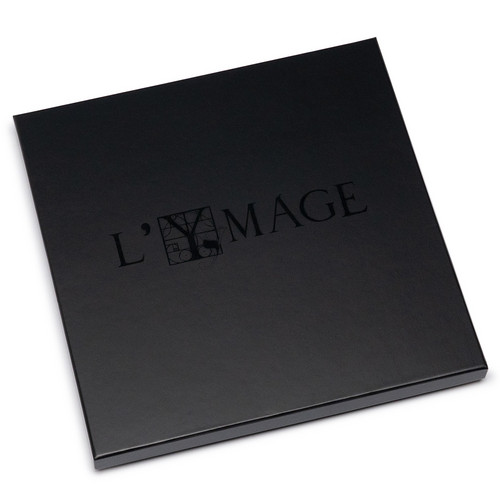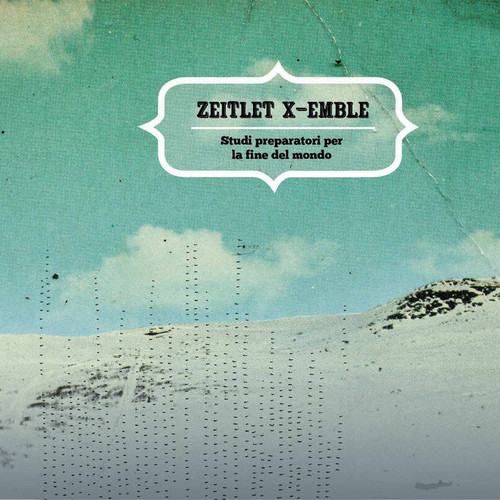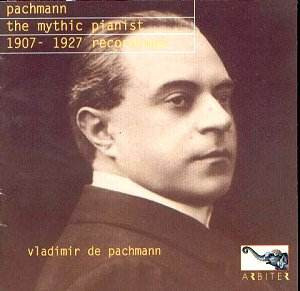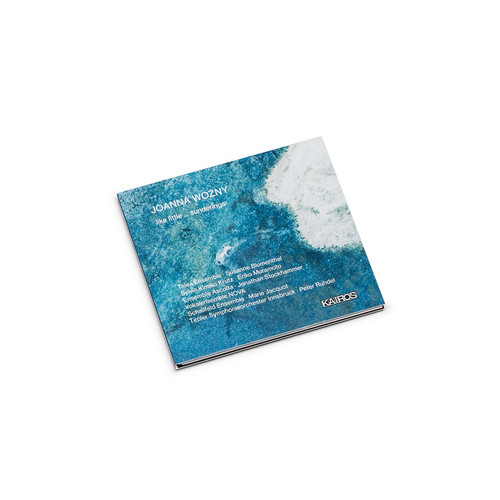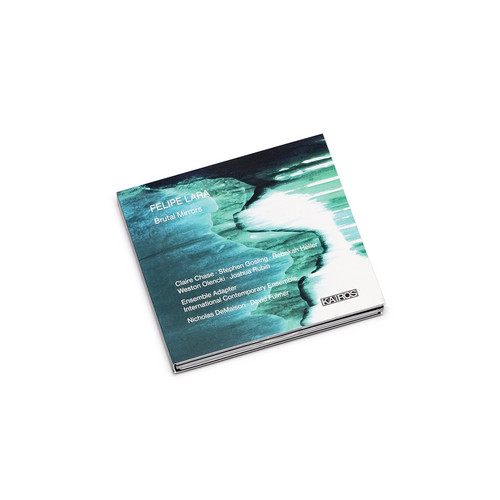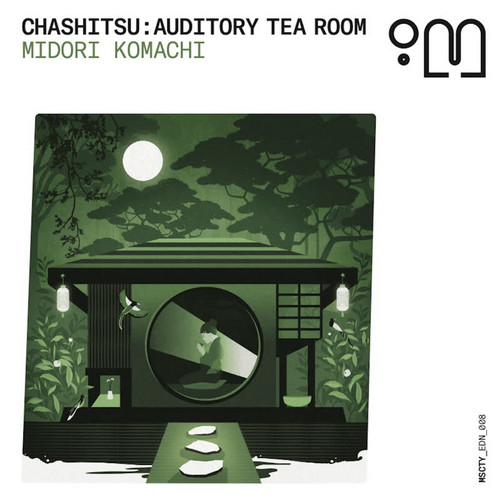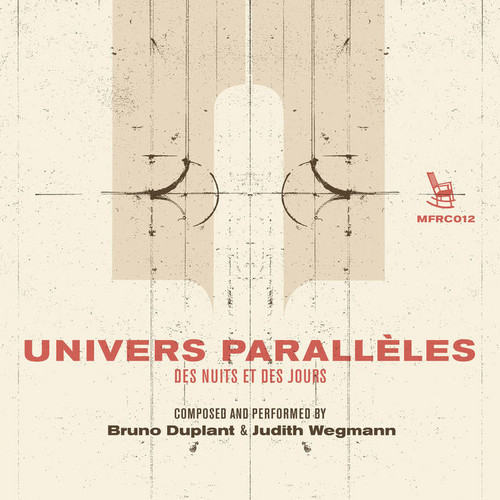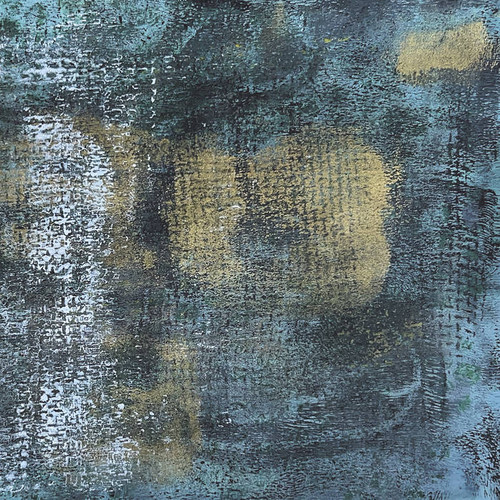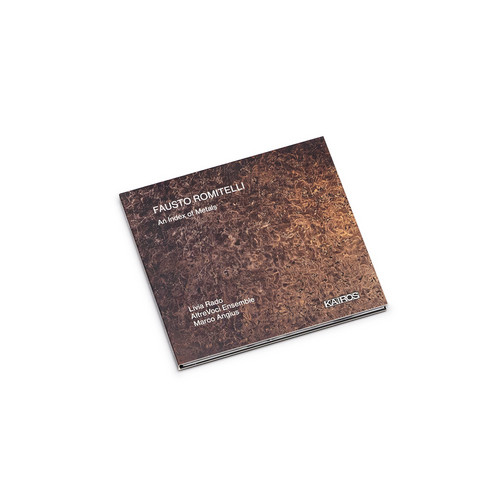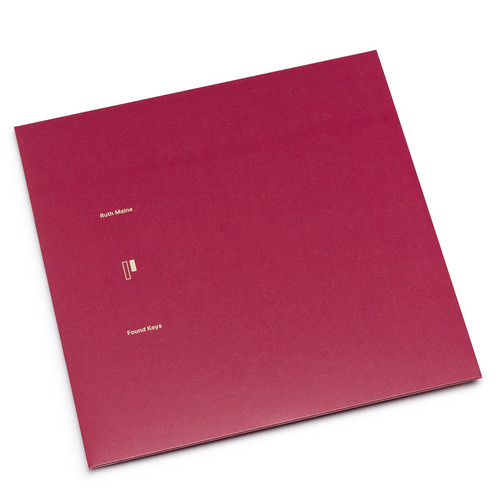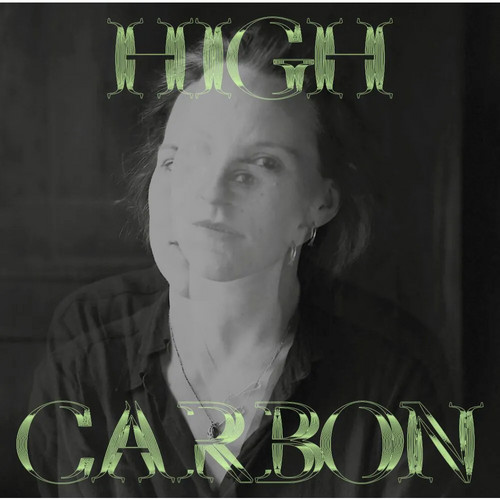Like The Dyer's Hand / Foujita
This album features two film scores by Satoshi Satō. Scooping Water, the Moon in Hand is a documentary film tracing the life of legendary poet and Chinese literary scholar Ye Jiaying (1924–). It won the Best Documentary Award at the 33rd China Golden Rooster Awards (2020), often referred to as China's Academy Awards. Ye Jiaying is also a scholar of Du Fu, and Satō Sōmei set Du Fu's poem “Eight Poems on Autumn Feelings” to music at the request of the film director. Director Oguri Kōhei's Foujita …
Near And Far
*2025 stock* Renowned Japanese composer Jo Kondo unveils his captivating album “Near And Far,” performed by The Cambridge New Musik Players and conducted by Paul Hoskins. This distinguished release, first presented in 1996, features five transcendent works that invite listeners into Kondo’s unique sound world across 47 minutes of meticulously crafted chamber music.
With a deep sensitivity to both space and sonority, “Near And Far” balances subtle instrumental interplay with Kondo’s signature min…
In Yokohama
*2025 stock* Renowned Japanese composer Jo Kondo is celebrated for his unique and refined approach to contemporary classical music. This recording offers an intimate journey into Kondo’s distinctive musical world, marked by clarity, restraint, and subtle yet powerful expression.
In Yokohama brings together a collection of works that exemplify Kondo’s lifelong exploration into sound, silence, and the delicate spaces in between. Throughout the album, the listener is invited to experience music t…
Shiniti Ueno, Phonix Réflexion, Joji Yuasa, Akio Yasuraoka, Yori-Aki Matsudaira, Malika Kishino, Norio Fukushi
Music For Percussion Ensemble By Japanese Composers*2025 stock* Renowned percussionist Shiniti Uéno unveil this latest recording project: Music for Percussion Ensemble by Japanese Composers. This remarkable album offers a profound exploration of Japan’s contemporary music landscape, highlighting the diversity, refinement, and innovation that can be found in its modern percussion repertoire.
The recording showcases six visionary composers whose works have shaped and expanded the language of percussion music in Japan: Joji Yuasa, Akio Yasuraoka,…
The people united will never be defeated! / Six north American ballads
*2025 stock* A landmark new recording brings together two of Frederic Rzewski’s most powerful and socially engaged works, interpreted with striking intensity by pianist Takuya Otaki. At the heart of the release is The People United Will Never Be Defeated! (1975), a monumental set of 36 variations on the Chilean resistance song “¡El pueblo unido jamás será vencido!”, composed as an ode to solidarity and resilience in times of political struggle. Widely considered one of the pinnacles of late 20th…
Orient Orientation
*2025 stock* A new recording brings together the refined artistry of Japanese composer Jo Kondo, the visionary musicians of Ensemble Nomad, and the distinct pianism of Satoko Inoue in a captivating exploration of sound, texture, and form. Orient Orientation offers a rare and illuminating entry into Kondo’s world, where silence, resonance, and subtle contrasts guide the listener through an intimate sonic landscape.
The album presents works that showcase Kondo’s unique compositional language—mar…
Triadic Memories
*2025 stock* The celebrated pianist Aki Takahashi presents an essential interpretation of Morton Feldman’s monumental work "Triadic Memories", a cornerstone of late 20th-century piano music. Known for its meditative expansiveness and delicate shifts in color, this composition stretches the boundaries of time, inviting listeners into Feldman’s unique sound world where silence and resonance carry as much weight as the notes themselves.
Recorded with Takahashi’s characteristic sensitivity and tec…
Seasons
Live recording from the “Yuji Takahashi Piano Recital: Bach and Cage” held at Kanagawa Prefectural Music Hall on 30 May 1974. Originally released on LP in 1977, this work is now reissued on CD and for download. The Cage works include: Cheap Imitation, employing chance operations; Metamorphoses, an early work utilising serial manipulation; and The Seasons, ballet music choreographed by Merce Cunningham expressing India's traditional seasonal perspective. In Bach's Toccata No. 2 in C minor, two di…
L'Ymage
*300 copies limited edition* Ars nova meets dark folk, aural cinema, contemporary music, drone and much more... An astonishing album gathering three extended pieces that unfold the works of medieval musical genius Guillaume de Machaut, the greatest and last of the troubadours. Lovingly recorded by sound master Frederic Alstadt, featuring Clara Levy, Stéphane Clor & Eugénie De Mey, this album captures all the poignancy and poetry, of this timeless music. A passionate performance by virtuosic musi…
Cellular Songs
Cellular Songs is the first Meredith Monk release with ECM since the extensive box-set Meredith Monk: The Recordings in 2022 and the first recording of new music since 2016's On Behalf of Nature. It is also the second part of an interdisciplinary trilogy of performance works by Meredith Monk that began with On Behalf of Nature, a meditation on the precarious state of our global ecology. Cellular Songs turns attention to the very fabric of life itself, and evokes such biological processes as laye…
Studi preparatori per la fine del mondo
2010 release ** ZeitLet is a variable organism with multiple line ups, ranging from small ensembles to the full ten element electric chamber group. The band started as a mixed ensemble with a composer/electronic musician, an electric guitarist and a bass player meeting a flute player, a violinist and a cello player in February 2005. between 2006 and 2007 the project grew bigger, and more articulated. The presence of musicians coming from different backgrounds meant starting a dialogue between t…
Pachmann: The Mythic Pianist 1907-1927 Recordings
2001 release ** "From the G&Ts of 1907 to the Victors of 1927 the troublesome genius of Vladimir de Pachmann lives once again in Arbiter’s well-chosen compilation. His vertiginous rise to fame and his equally precipitate decline are the stuff of legend, no less so than his concert antics, his audience-lecturing and indeed record-buying lecturing (one of the famed "music and comment" discs is included here, a late HMV). Pachmann followed such as Anton Rubinstein as one of the titans of the keyboa…
Like little ... sunderings
Joanna Woźny’s music resists certainty. Fragmented, elusive, and ever-transforming, it listens into the noise of the everyday and distills from it something fiercely alive. Her works trace perception’s fault lines – between sound and noise, sense and abstraction – constantly unmaking and remaking form. In this sonic terrain, repetition never means stasis; structure dissolves into process. Each piece is a beginning: a seismographic record of emergent thought, a refusal to conclude. For Woźny, com…
Brutal Mirrors
Felipe Lara’s music is driven by a visceral sense of presence and process. Beneath its notated clarity lies a deep trust in the performers: a shared language built over years of collaboration, where every sound becomes a negotiation between gesture, breath, and form. Lara’s work moves between the intimate and the monumental, but always seeks what lies behind the surface – where structure becomes porous, expression is embodied, and music emerges as a living tension between instability and control…
Chashitsu: Auditory Tea Room
Chashitsu: Auditory Tea Room is the debut album of original compositions by Japanese composer and violinist Midori Komachi. Inspired by the sonic journey of Chashitsu (Japanese Tea Room) and Chado (The Way of Tea), this album showcases Komachi's weaving together original compositions with field recordings by Nick Luscombe (MSCTY). Conceived and produced by Komachi in collaboration with London and Tokyo based MSCTY, known for their work at the forefront of music and architecture, the project refl…
Univers Parallèles - Des Nuits Et Des Jours
"The line is a whole, an identity, for a particular place and time." — Fred Sandback
Undertones
*200 copies limited edition* Undertones is a composition for percussion idiophones, electronics, and variable field recordings, originally composed for four channels. It develops in four movements and is expressed through a graphic score which provides multiple instructions to the musicians and, simultaneously, requires their input and interpretation of the given instructions, including a particular part of the instrumentation. The field recordings, identified as variable, change with each perfo…
An Index Of Metals
An Index of Metals, Fausto Romitelli’s final work, is an ecstatic ritual of sound, light, and image—a multimedia opera that fuses electronic music, psychedelic ecstasy, and brutal-poetic texts into an intoxicating sensory flood. Blending techno, pop art, noise, and spectralism, Romitelli propels music theatre into a hallucinatory present: metallic, eruptive, rebellious. The voice is distorted, the image disintegrates, sound becomes palpable material. In this uncompromising fusion of composition,…
Found Keys
Found Keys is the debut album by American artist Ruth Maine. Although Ruth has been playing and composing music for over two decades, this is the first time she decided to record some of her varied compositions and share them with the public. But in times when it is the norm to clamour for attention, she prefers to go the opposite way. Ruth likes to let her music speak for itself and stay in the shadows.
The 16 short piano pieces heard on this album, each about two to three minutes long, were re…
High Carbon
With this album, Heleen Van Haegenborgh returns to her roots as a pianist. In recent years, she has primarily composed works on commission for a diverse range of ensembles, from recorders to foghorns. On this solo album, her entire journey of musical encounters and compositions comes together subtly.Van Haegenborgh doesn't think in terms of stories or boxes, but rather in colours, energy, and texture - without drifting into the abstract.
She remains true to her personal inside piano world, inclu…
